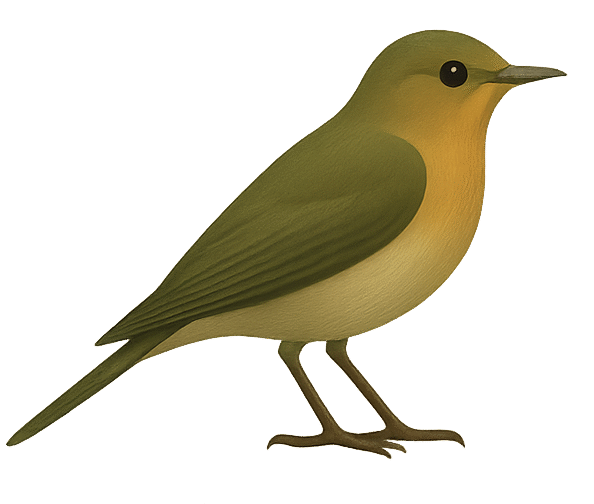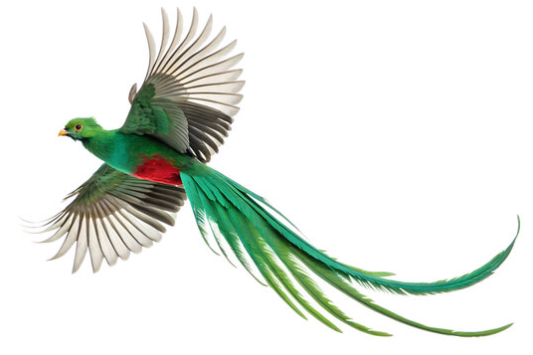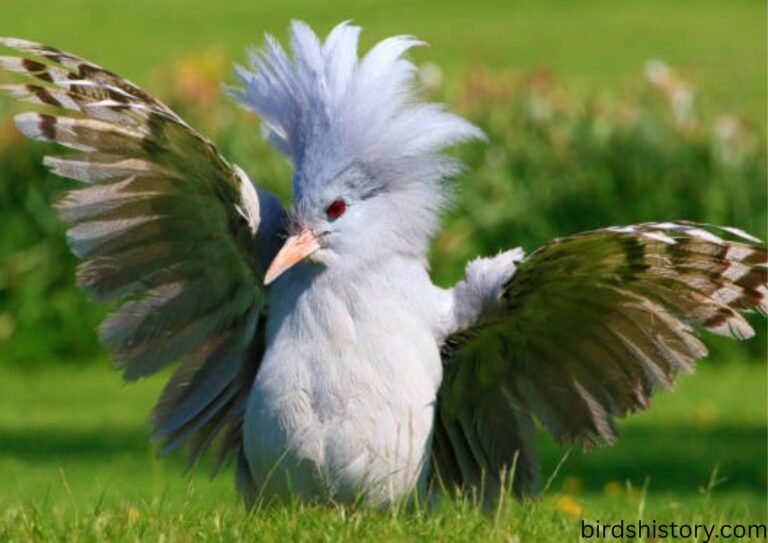Auckland Islands Teal: Tiny Flightless Duck of the Subantarctic
Let me introduce you to a remarkable bird that few people know about—the Auckland Islands Teal. What makes this duck so interesting is not just where it lives but how it has adapted to life in a wild, remote place. Picture a small, brown duck that doesn’t fly, choosing instead to roam the rugged shores and tussock fields of subantarctic islands. You’ll only find it in a handful of predator-free isles off southern New Zealand.
Here’s a surprising fact: despite being a duck, it has lost the ability to fly entirely. Imagine a bird built for water and ground, living life close to the sea and under the cover of night. That’s the Auckland Islands Teal for you.
Taxonomy / Classification
- Common Name: Auckland Islands Teal (also called Auckland Teal or flightless teal)
- Scientific Name: Anas aucklandica
- Family: Anatidae (ducks, geese, and swans)
- Order: Anseriformes
- Class: Aves
Also read: /the-snowy-owl/
This teal is officially part of the dabbling duck clan. It evolved on the remote Auckland Islands, making it a true island endemic
Physical Description
The Auckland Islands Teal is compact—about 45 cm long, weighing around 550 g for males and 420 g for females. When you look at it, you’ll notice:
- Brown plumage across the body, blending well into tussock and kelp shorelines
- A bold white eye ring that stands out against its dark head and eyes
- Males have a green sheen on the head, a dark chestnut breast, and patterned flanks with a light-and-dark brown mix, plus a small white patch at the tail base
- Females are more uniformly dark brown
- Wings are very short—only half as long as on flying ducks—because it no longer flies
Auckland Islands Teal of Habitat and Range
You won’t find this bird anywhere else but the Auckland Islands, an archipelago about 500 km south of New Zealand’s South Island. The main island is rugged and steep, but this teal sticks to predator-free offshore isles like Adams Island, Enderby Island, Disappointment Island, and a few smaller ones.
Its habitat includes:
- Kelp-lined coastlines
- Tussock fields
- “Mega‑herb” shrubland
- Peaty wetlands and shoreline pools
Depending on the island, it might wander far from the waterline or stay close to the coastal edge.

Auckland Islands Teal of Diet and Feeding Habits
This teal is mainly a meat-eater. It hunts for:
- Marine invertebrates like amphipods
- Insects and insect larvae
- Occasionally seeds from rushes and grasses
You’ll often see it dabbling in shallow pools or probing the shoreline. It’s active mostly at dusk and night, likely to avoid predators like skuas.
Also Read: https://birdshistory.com/the-atlantic-puffin/
Auckland Islands Teal of Behavior and Lifestyle
Here’s what makes this teal unusual:
- It is territorial and mostly monogamous, sticking close to a small home range year-round.
- Rather than forming flocks, they defend territories that range from 40 m² to 3,700 m², depending on habitat.
- They are crepuscular to nocturnal, meaning they are most active around dawn and dusk, or even at night.
- In the daytime, they might sunbathe in sheltered spots where they can see predators approaching.
Overall, their behavior reflects a careful balance of foraging, nesting, and staying safe.
Reproduction and Lifespan
They breed at a predictable time:
- Egg-laying starts around October, with broods appearing by December and even into March or April if initial nesting fails.
- A clutch typically has 3 to 4 eggs, pale fawn in color, each one surprisingly heavy—about 15 percent of the female’s body weight.
- The female incubates alone for around 30 to 35 days.
- Nests are well hidden, built at the base of tussock or sedge, often with an overhead canopy for cover.
- Ducklings grow quickly. When raised in captivity, they mature to their full size within approximately 50 to 60 days, while in their natural habitat, they are ready to fly at around 60 to 70 days of age.
We don’t have exact data on lifespan in the wild. Captive birds may live longer, but these teals avoid being studied up close.
Auckland Islands Teal of Predators and Threats
Despite being well adapted, they are under threat:
- Introduced predators like cats, pigs, and rabbits wreaked havoc on the islands. On the main Auckland Island, these animals drove the teal to extinction.
- Luckily, removed from some offshore islands, teal survived and now thrive there.
- When rabbits were eradicated from Enderby and Rose Islands in the early 1990s, vegetation recovered. That led to better food and nesting habitat—and teal numbers increased.
- Still, pests remain on the main island, keeping the teal from returning.

Conservation Status
Globally, the IUCN considers the teal to be in a Near Threatened conservation status.. In New Zealand, it’s classified as Nationally Vulnerable.
Conservation actions have helped:
- Predator eradication programs on smaller islands have improved habitat and teal survival .
- The Auckland Islands are part of a World Heritage Site, and the surrounding marine areas are protected.
- Still, expanding these successes to larger islands remains a challenge, especially given how hard it is to remove pigs, cats, and mice.
Interesting Facts of Auckland Islands Teal
- This duck is flightless, with wings so short they can’t lift it off the ground—a rare trait among ducks.
- It’s endemic to the Auckland Islands—that means you won’t find it anywhere else on Earth .
- When predator-free, teal populations rebounded quickly once habitat recovered. It shows how resilient nature can be when threats are removed.
- This species is one of several endemic birds living on the subantarctic archipelago, a hotspot of evolutionary uniqueness.
Conclusion / Summary
The Auckland Islands Teal may be small, but it’s a powerful example of adaptation, survival, and conservation. Losing its wings pushed it to become a ground-dwelling crab and invertebrate hunter. Living atop storm-tossed, bitterly cold islands, it survives where few birds can.
What makes it important is not only its uniqueness but also how well it responds when threats are removed. Protecting this bird means safeguarding a fragile, interconnected ecosystem—and reminding us that even the smallest species deserve our attention and care.

FAQs
Where is the Auckland Islands Teal found?
Only on predator-free islands of the Auckland Islands, south of New Zealand.
Can it fly?
No. This teal has very small wings and cannot fly.
What does it eat?
Marine invertebrates, insects, and occasionally seeds.
When does it breed?
From about October to December, with ducklings seen into April.
How many eggs does it lay?
Typically 3 or 4, each large relative to the mother’s size.
Who incubates the eggs?
The female, for about a month.
Why is it threatened?
Predators like pigs and cats once devastated its habitat and populations.
How is it protected now?
Predator eradication on offshore islands and habitat restoration have helped.
What is its conservation status?
Near Threatened globally; Nationally Vulnerable in New Zealand.
What makes it special?
The Tasmanian native hen’s inability to fly, its limited habitat to only the island of Tasmania, and its ability to recover once dangers are gone are notable traits.







